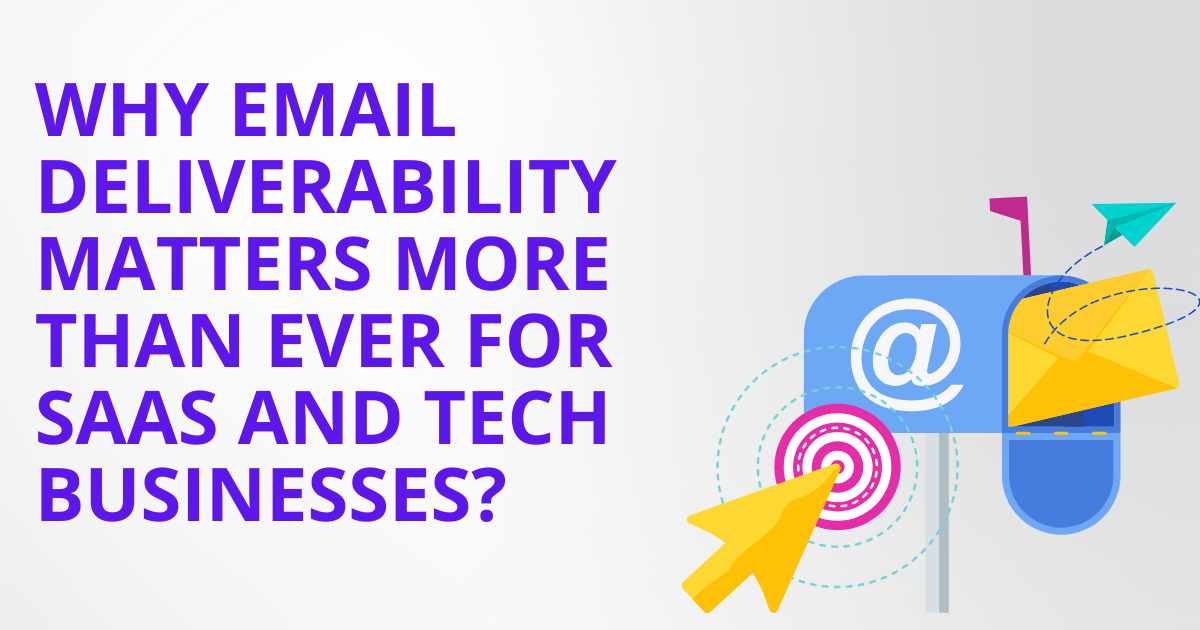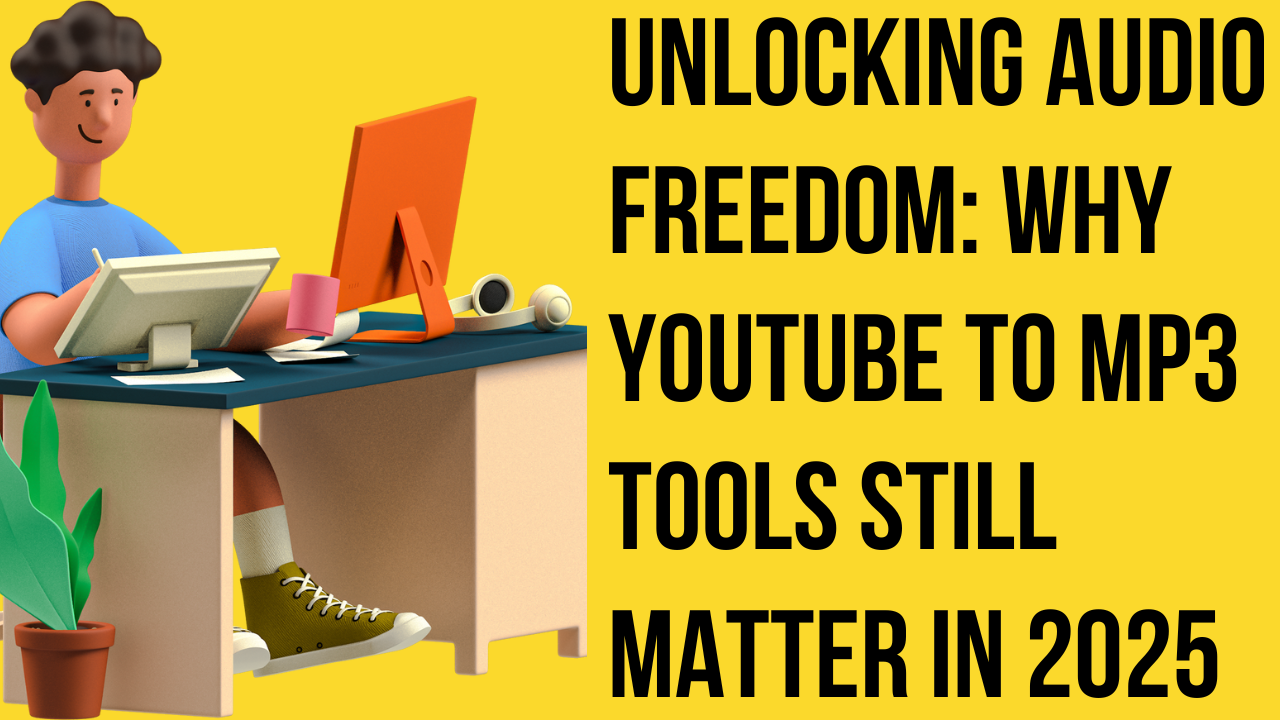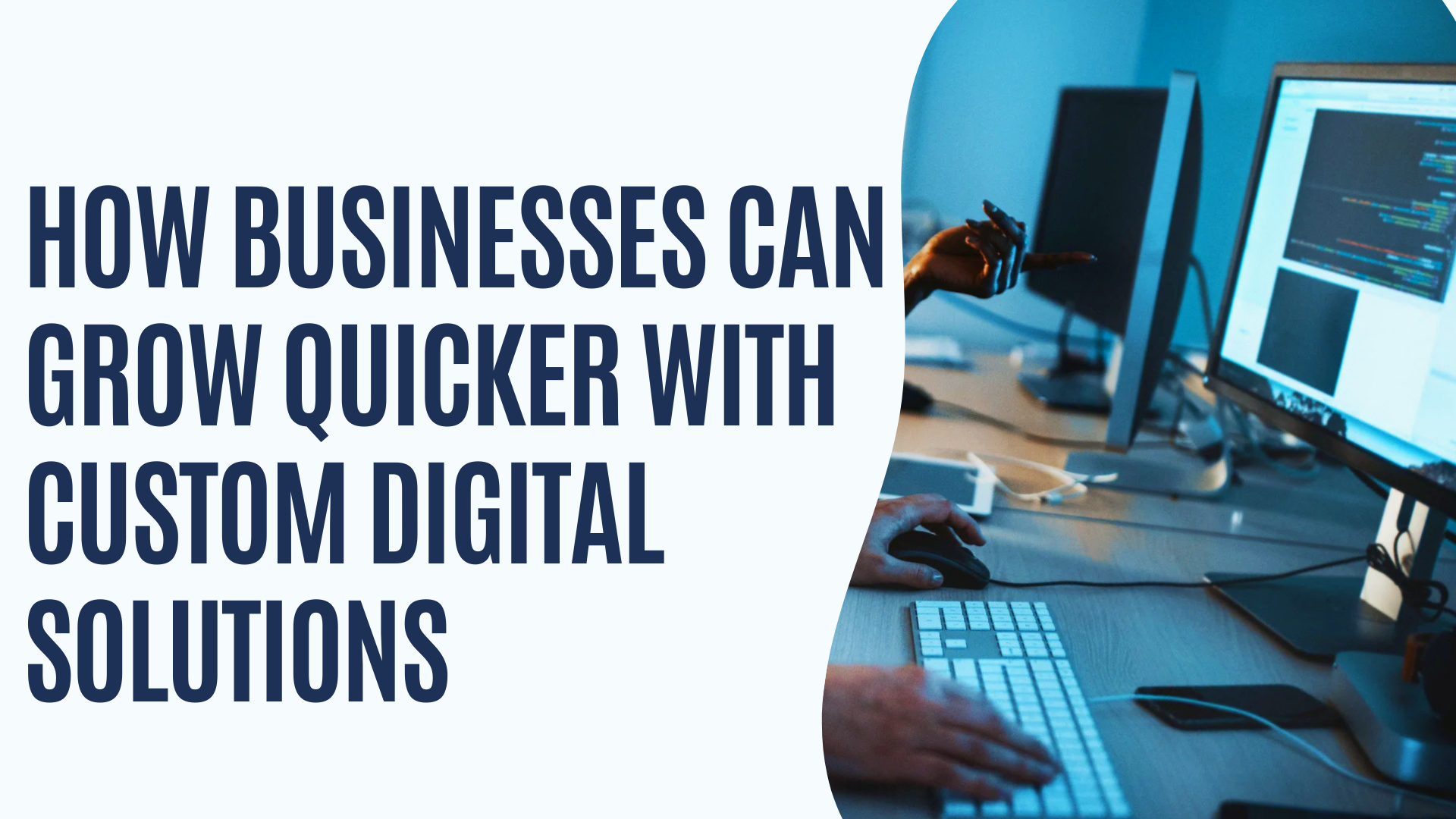You can spend weeks crafting onboarding flows, tweaking subject lines, and timing drip sequences. But if those messages never land in the inbox, none of it matters.
For SaaS and tech companies, where so much of customer growth depends on email communication, deliverability isn’t a technical detail you can ignore. It’s the difference between steady growth and silent revenue loss. When deliverability falters, growth stalls.
1. How Poor Deliverability Hits Your Bottom Line?
When deliverability slips, the effects show up across your funnel. New sign-ups who never receive welcome or activation emails often abandon the product before they try it. Paid acquisition spend turns into a cost with no return, and trial-to-paid rates fall.
At the same time, current customers miss billing notices, usage summaries, or feature updates, which breeds confusion and weakens trust. People who don’t receive renewal reminders or critical alerts are far more likely to churn.
And revenue also suffers silently. Missed upsells, unseen upgrade offers, and promotions that land in spam quietly shrink predictable monthly income. These problems compound without dramatic signs, so how do you avoid this?
2. Authentication and Infrastructure: The Foundation for Deliverability
Good deliverability starts with authentication. Set up SPF and DKIM so providers can verify your mail. Add DMARC to instruct them on what to do if checks fail. Also, align the sending domain with your brand domain, if you use a third-party sending platform, so customers instantly recognize the sender. That recognition reduces confusion and complaints.
Routine email blacklist monitoring is also essential. Even with correct authentication, being listed on a blocklist can instantly derail inbox placement. Checking for blacklist appearances helps you catch problems early, before they damage sender reputation and disrupt critical campaigns.
For businesses with larger, steady sending volumes, a dedicated IP can help — but only when your volume is sufficient to build and maintain a stable reputation. If you’re not sending consistently at that scale, a reputable shared IP from an established ESP is often the wiser choice. If you do choose a dedicated IP, warm it gradually. Start with small, highly engaged batches and scale up as engagement holds. Rushing this process harms reputation and makes future campaigns harder to deliver.
Also consider separating transactional and promotional traffic for high-volume programs. Using distinct subdomains or sending streams reduces the risk that marketing bounces or complaints will affect critical transactional mail like password resets or billing notices. Small teams can postpone this until other hygiene steps are in place.
3. Building and Maintaining a Healthy List
List quality also directly impacts deliverability and matters more than the size. Double opt-in reduces typos and fake addresses. Verification tools at signup stop disposable addresses from entering your system. And you should also get rid of hard bounces immediately and remove inactive users after a thoughtful reactivation attempt.
Segmentation matters too. Group your list based on needs. New users prefer clear, action-oriented onboarding that's easy to follow through. Power users want deeper feature tips. Lapsed users respond best to short, personalized reactivation notes. Additionally, when content aligns with user intent, opens and clicks increase, and these engagement signals enhance overall placement.
4. Inbox Signals: Metrics to Watch
Before you can fix deliverability, you need to measure it. Providers use various signals to decide where your mail lands. Tracking and understanding the metrics below can help you link to the problem.
a)Inbox Placement Rate
This shows whether mail reaches the primary inbox rather than spam or promotions. A sudden drop means many recipients never even see your subject line. If placement falls after a campaign, reassess your list segment or subject-line strategy.
b)Bounce Rate
Hard bounces reveal invalid addresses. Soft bounces often mean temporary issues. A sudden spike usually signals list-quality issues or a sending configuration problem. Clean the list and re-check verification processes when this metric jumps.
c)Spam Complaint Rate
When people mark mail as spam, your reputation falls. High complaint rates often indicate poor targeting or excessive sending frequency. To reduce this, make unsubscribing easy.
d)Engagement Rates (Open, Click, Reply)
These indicate recipients want your messages. Low engagement suggests you need better targeting, clearer value in subject lines, or content tied to user behavior.
e)Unsubscribes and Deletes Without Opening
When many recipients delete without opening, providers notice. Offering a preference center helps users choose topics and frequency, reducing silent disengagement that harms long-term placement.
5. From Metrics to Action: Content, Timing, and Monitoring
Metrics map problems; strategy fixes them. Align your content and timing with the signals you see. Pause campaigns for segments that show falling engagement and run quick experiments before resuming full-scale sends.
Content and sending strategy should be honest and relevant. Write subject lines that honestly reflect the message. Personalize when it adds value, for example, reference a recent action the user took in the product. Space campaigns so people aren’t overwhelmed.
High-volume shopping periods like black friday sales season change behavior. The surge in black friday email spam is a real signal providers use because of how inboxes often fill up, and that's why filters tighten. Reducing promotional emails during such high-sales seasons and focusing only on critical updates can help preserve inbox placement and keep essential messages visible.
Additionally, monitor the situation constantly and ensure ongoing protection through regular checks. If bounces or complaints spike, pause the campaign and investigate right away. Catching these issues early shortens recovery time and limits audience reach disruption.
Conclusion
For SaaS and tech companies, every missed email is a lost opportunity. Deliverability is the infrastructure that keeps your campaigns alive.
When you treat email like a strategy, your messages reach more inboxes, trials convert more often, renewals happen on time, and upgrades land. Clean lists, authenticate domains, segment thoughtfully, and monitor steadily. Make deliverability a priority, and email becomes a reliable growth channel rather than a silent leak, and a source of measurable growth.
















Post Comments